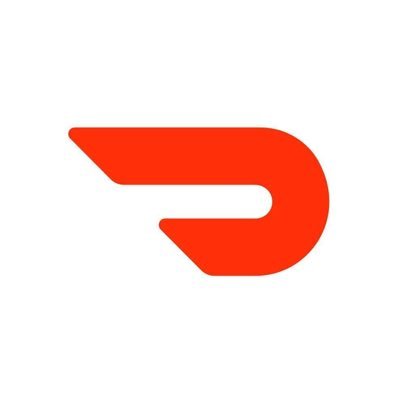
DoorDash Product Designer Case Interview (Three‑Sided Marketplace & Logistics)
This case simulates designing an end‑to‑end feature for DoorDash’s three‑sided marketplace (consumers, merchants, dashers) with an emphasis on operational constraints, marketplace dynamics, and measurable impact. It mirrors DoorDash’s fast, data‑driven, and scrappy interview style. Case theme (example prompt): “Reduce Dasher pickup wait time at high‑volume merchants during the dinner rush without increasing late deliveries or hurting merchant throughput. Propose an MVP across Merchant Tablet/Storefront, Consumer app, and Dasher app, and define success metrics, rollout, and risks.” What the interview covers at DoorDash: - Problem framing: clarify personas (consumer, merchant staff, dasher), peak scenarios, constraints (prep‑time predictions, batching/stacking, dispatch, cancellations, out‑of‑stock, weather, building access, fraud/abuse), and how Drive/Storefront orders might differ. - Marketplace/system thinking: balance supply–demand, prep timing vs. dispatch timing, ETAs/SLAs, fairness and earnings for dashers, and merchant operational realities (line busting, handoff flows, offline states for tablets). - Solution exploration: low‑fi sketches/flows for the three surfaces; information architecture; states and edge cases (busy mode, substitutions, stacked orders, order handoff, contactless delivery, support escalation); accessibility and safety considerations. - Metrics and experiments: define a north star (e.g., pickup dwell time or on‑time handoff rate) and guardrails (late delivery rate/OTD, order completion rate, cancellations by party, support contacts per order, dasher earnings per active hour, merchant throughput, consumer NPS). Outline an A/B test with ramp plan and risk mitigations. - Execution and rollout: MVP scope, data/ML dependencies (prep‑time modeling, supply heatmaps), operational playbooks for Merchant Ops/Support, phased market launch, and criteria to iterate/kill. Expect pushback on technical feasibility and trade‑offs. - Collaboration signals: how you’d partner with Eng, DS/Analytics, PM, and Ops; how you communicate decisions and handle ambiguity at speed. Session flow (typical): - 0–5 min: Introductions and prompt readout - 5–15 min: Discovery and framing (personas, goals, constraints, success) - 15–35 min: Solution sketching across Consumer, Dasher, Merchant surfaces (happy path + edge cases) - 35–50 min: Metrics, experiment design, and rollout plan - 50–60 min: Risks, trade‑offs, extensions (Drive/Storefront, non‑restaurant), and Q&A Evaluation rubric aligned to DoorDash culture: customer obsession across all three users; decisive, first‑principles product thinking; operational feasibility in last‑mile contexts; data rigor and experiment mindset; clear communication under time pressure; bias toward MVP and iterative learning. What good looks like: focuses on the right user problems and business outcomes; proposes scrappy, testable designs that respect marketplace dynamics; defines crisp success metrics with guardrails; anticipates failure modes (gaming, fraud, inaccurate prep times, support load); and delivers clear, structured reasoning under time pressure.
8 minutes
Practice with our AI-powered interview system to improve your skills.
About This Interview
Interview Type
PRODUCT SENSE
Difficulty Level
4/5
Interview Tips
• Research the company thoroughly
• Practice common questions
• Prepare your STAR method responses
• Dress appropriately for the role